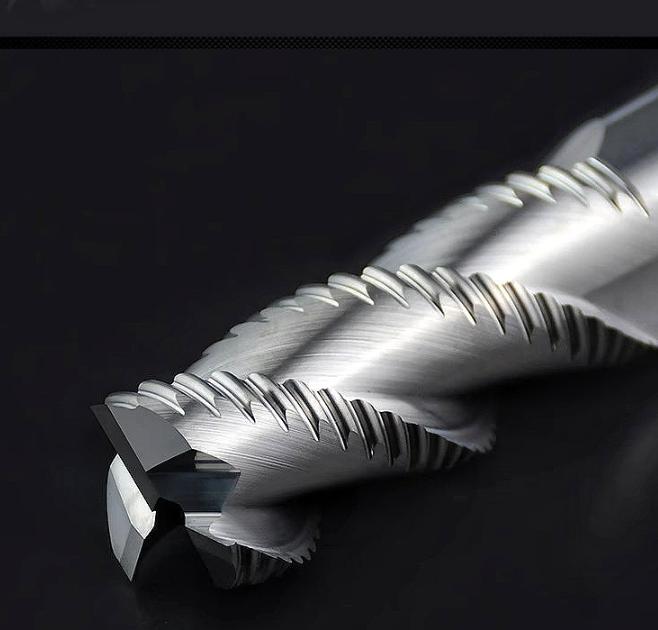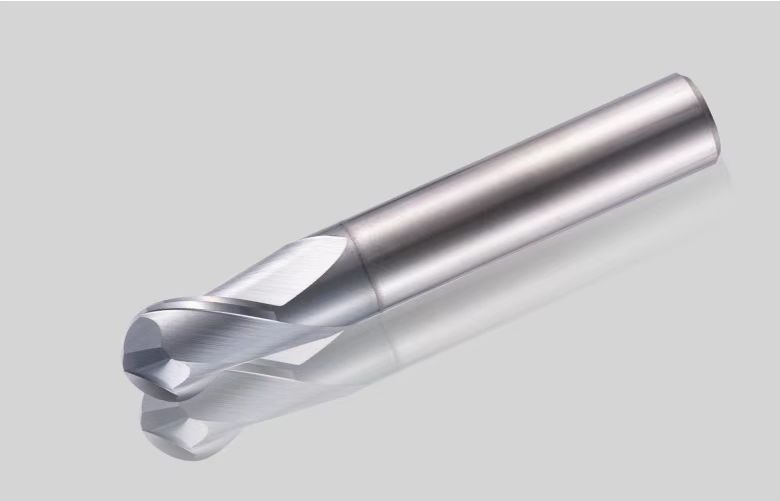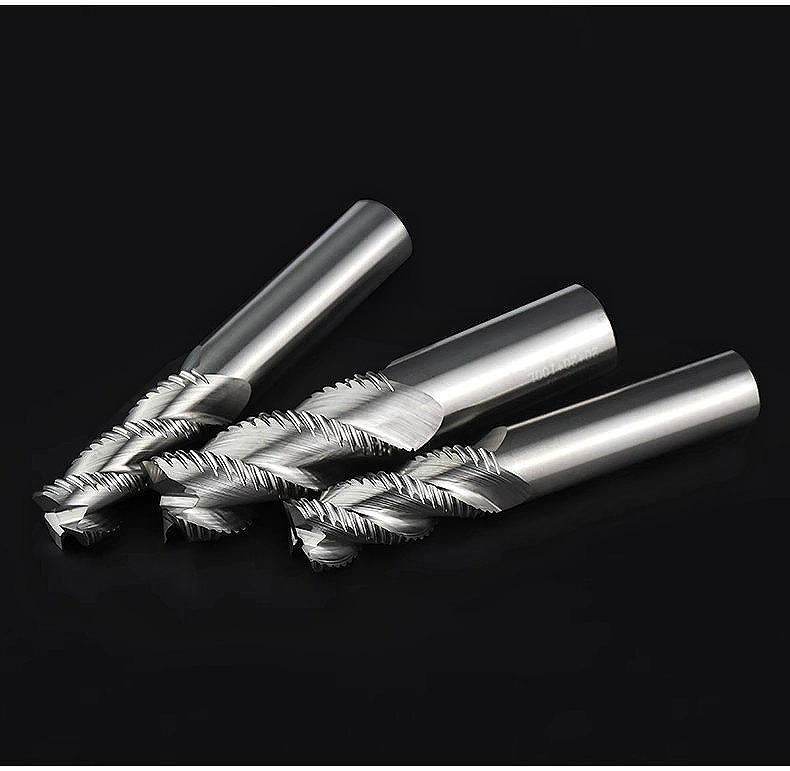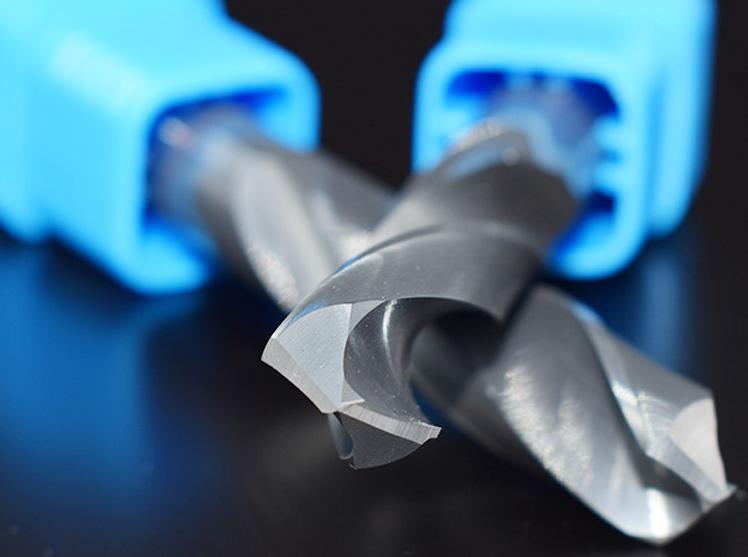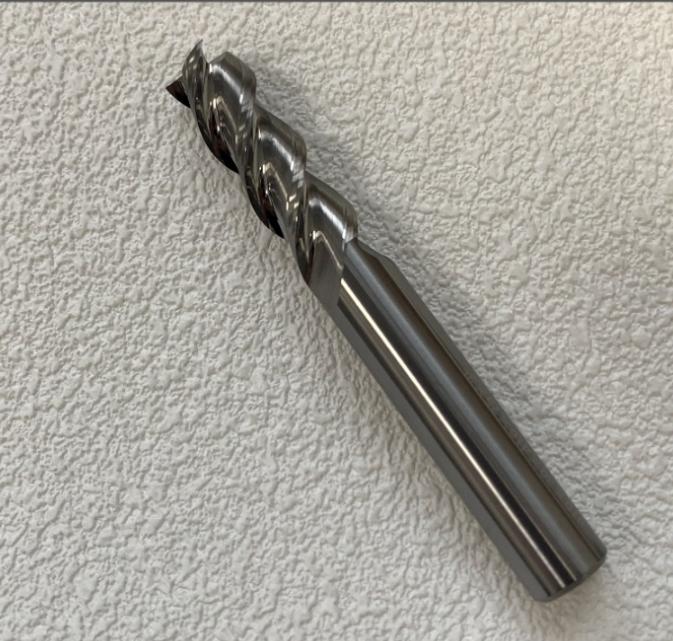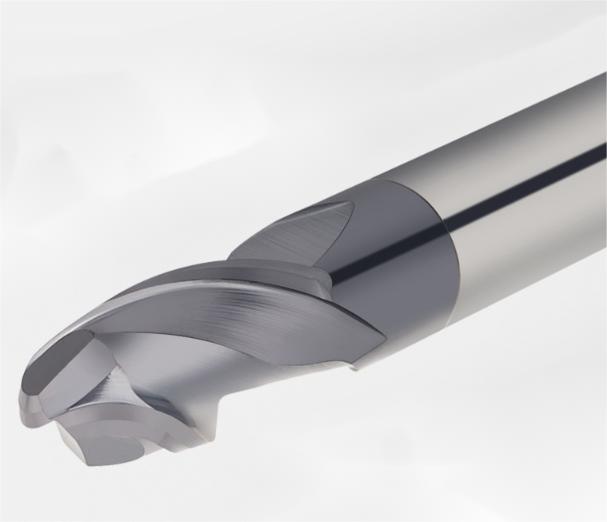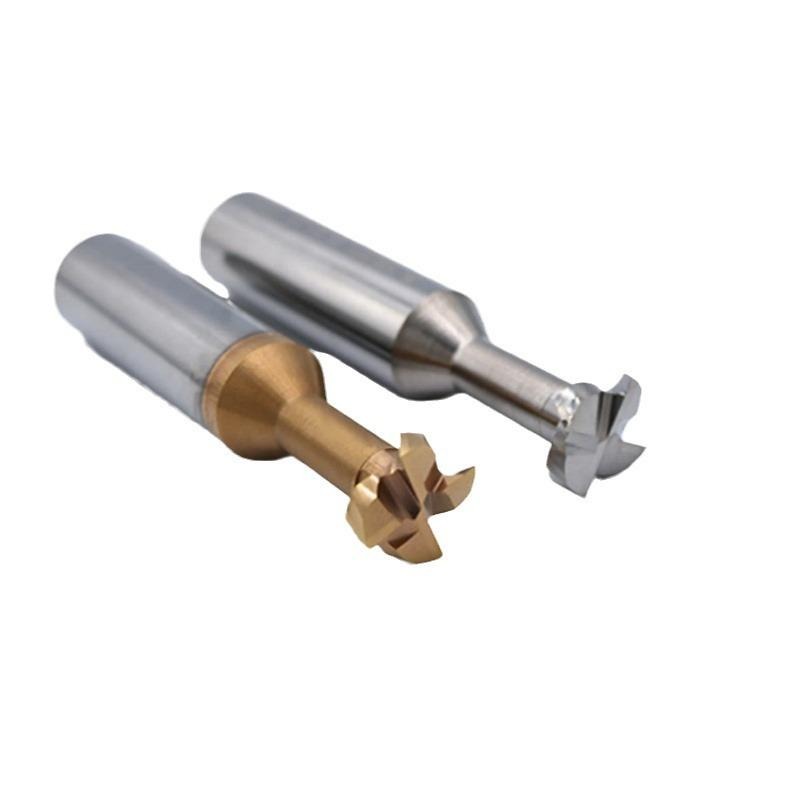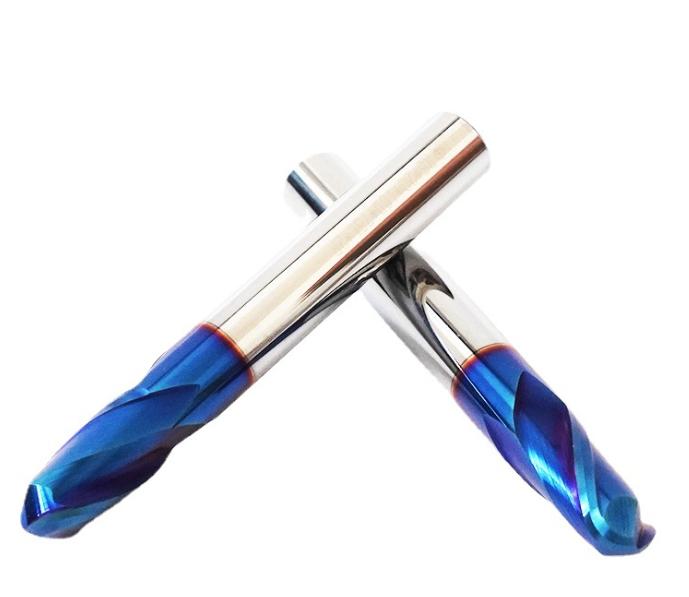Differences Between Tungsten Steel and Tungsten Carbide Milling Cutters
Table of Contents
In modern manufacturing, the choice of cutting tools plays a pivotal role in determining the efficiency of machining processes and the quality of the finished products. Among the various types of milling cutters available, tungsten steel milling cutters and tungsten carbide milling cutters are two of the most commonly used tools. Each of these cutters has unique characteristics that make them suitable for specific applications. Understanding the differences between tungsten steel and tungsten carbide milling cutters is essential for manufacturers to make informed decisions that optimize production processes, reduce costs, and ensure the highest quality standards.
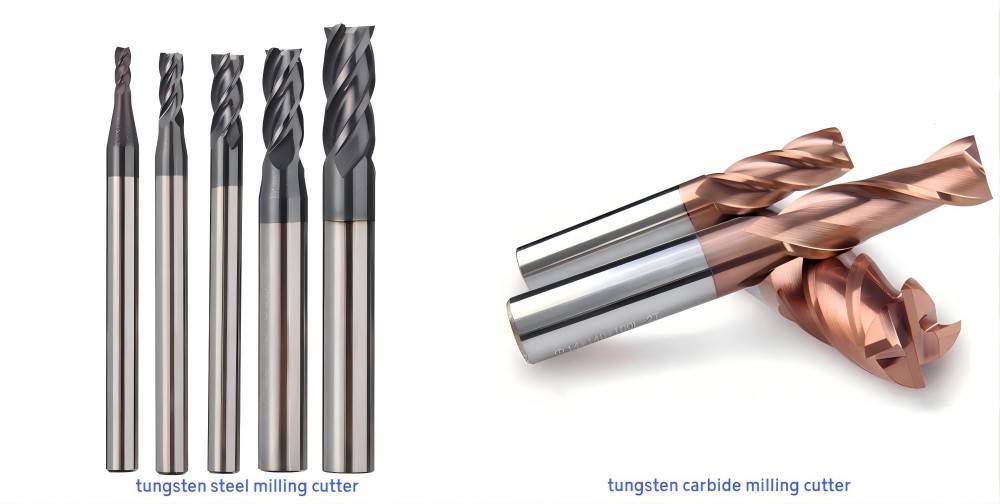
1. Difference in Physical Characteristics
Tungsten Steel Milling Cutter
Tungsten steel milling cutters are made from a mixture of tungsten alloy and steel, resulting in a material that balances hardness with toughness. Tungsten, a metal known for its high hardness, is combined with steel to enhance the tool’s wear resistance and impact resistance. The addition of steel provides the necessary toughness to prevent the cutter from becoming too brittle, making it suitable for general-purpose applications.
Tungsten steel milling cutters are known for their durability and ability to withstand significant mechanical stress. They are particularly effective when processing materials with moderate hardness, such as ordinary steel, alloy steel, and some types of aluminum. The blend of tungsten and steel ensures that the tool can handle a variety of tasks without excessive wear, making it a versatile choice in many industrial settings.
Tungsten Carbide Milling Cutter
Tungsten carbide milling cutters, on the other hand, are composed primarily of tungsten carbide, a compound formed from tungsten and carbon, with cobalt acting as a binder. This composition gives the cutter an exceptional level of hardness and wear resistance, far exceeding that of tungsten steel milling cutters. Tungsten carbide’s high melting point and extreme hardness make it ideal for processing high-hardness materials, such as stainless steel, ceramics, and hard alloys.
The inclusion of cobalt as a binder plays a crucial role in enhancing the overall strength and stability of the cutter. Cobalt helps to bind the tungsten carbide particles together, reducing the risk of fracture and increasing the tool’s durability under high-stress conditions. As a result, tungsten carbide milling cutters are often preferred in applications where precision and tool longevity are critical.
2. Difference in Processing Efficiency
Tungsten Steel Milling Cutter
Tungsten steel milling cutters are widely used in large-scale industrial production due to their high processing efficiency and stability. These cutters are capable of operating continuously for extended periods, making them ideal for high-volume manufacturing processes. Their ability to maintain a consistent cutting performance over time ensures that production lines can operate smoothly without frequent interruptions.
However, when it comes to processing high-hardness materials, the efficiency of tungsten steel milling cutters can decrease. The hardness of the materials being processed can cause increased wear on the tool, leading to a decline in cutting performance and a shorter tool life. As a result, while tungsten steel milling cutters are effective for a wide range of materials, they may not be the best choice for extremely hard materials.
Tungsten Carbide Milling Cutter
Tungsten carbide milling cutters excel in processing efficiency, especially when dealing with high-hardness materials. The superior hardness and wear resistance of tungsten carbide allow these cutters to achieve faster cutting speeds, significantly boosting production efficiency. This makes them particularly effective in industries where speed and precision are paramount.
For example, when processing materials such as stainless steel, ceramics, or other hard alloys, tungsten carbide milling cutters can maintain a high level of efficiency without sacrificing tool life. The ability to cut through tough materials quickly and accurately makes these cutters an invaluable asset in high-precision manufacturing environments.
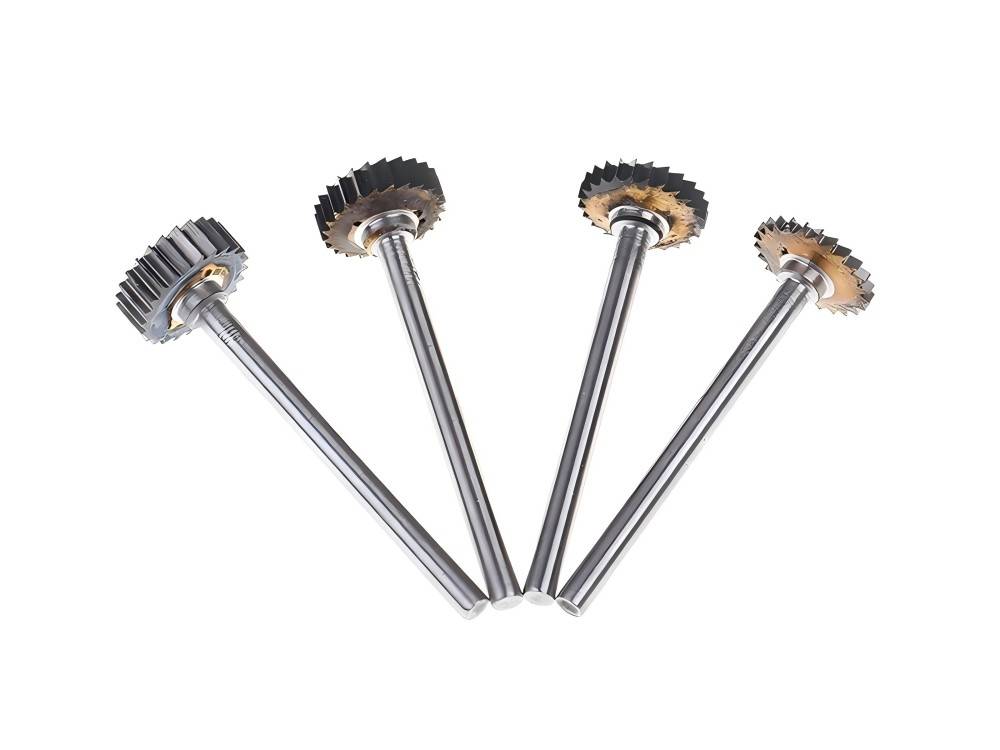
3. Difference in Service Life
Tungsten Steel Milling Cutter
One of the primary considerations when selecting a milling cutter is its service life. Tungsten steel milling cutters, while durable, generally have a shorter lifespan compared to their tungsten carbide counterparts. This is particularly true when these cutters are used on high-hardness materials, where they may wear out more quickly and require frequent replacement.
The need for frequent tool changes can increase production costs and maintenance workload, especially in industries where high-hardness materials are commonly processed. Despite their versatility, the shorter service life of Tungsten steel milling cutters can be a limiting factor in certain applications.
Tungsten Carbide Milling Cutter
Tungsten carbide milling cutters offer a significantly longer service life, reducing the frequency of tool replacements and associated maintenance costs. The exceptional wear resistance of tungsten carbide ensures that these cutters can withstand prolonged use, even under high-load conditions. This extended lifespan is particularly beneficial in industries where continuous operation and minimal downtime are critical to maintaining productivity.
The long service life of tungsten carbide milling cutters also contributes to a lower overall cost of ownership. Although these cutters may have a higher initial cost, the reduced need for replacements and maintenance can result in significant cost savings over time.
4. Difference in Surface Treatment
Tungsten Steel Milling Cutter
Various surface treatments are applied to enhance the durability and performance of tungsten steel milling cutters. Common treatments include nitriding and titanium coating, both of which increase the surface hardness and improve the cutter’s resistance to wear and corrosion. Nitriding is a process that introduces nitrogen into the surface of the steel, creating a hard, wear-resistant layer. Titanium coating, on the other hand, provides a protective barrier that enhances the tool’s overall toughness and resistance to oxidation.
These surface treatments extend the life of tungsten steel milling cutters, making them more reliable and effective in demanding applications. However, the effectiveness of these treatments can vary depending on the specific material being processed and the working conditions.
Tungsten Carbide Milling Cutter
Tungsten carbide milling cutters benefit from advanced manufacturing techniques and sophisticated surface treatments. One of the most common treatments is the application of nano-coatings, which significantly enhance the cutter’s hardness and resistance to thermal shock and chemical corrosion. Nano-coatings are ultra-thin layers of material that provide exceptional protection against wear and extend the tool’s service life.
In addition to nano-coatings, other surface treatments such as diamond-like carbon (DLC) coatings or multi-layer coatings can be applied to improve the cutter’s performance further. These treatments not only increase the tool’s hardness but also enhance its ability to withstand high temperatures and resist chemical degradation, making tungsten carbide milling cutters ideal for challenging and high-precision applications.
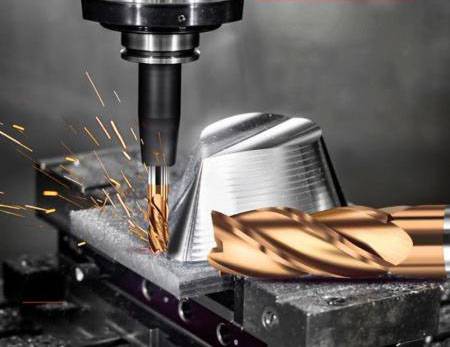
5. Difference in Processing Range
Tungsten Steel Milling Cutter
Tungsten steel milling cutters are known for their versatility, making them suitable for a wide range of materials. These cutters can efficiently process ordinary steel, alloy steel, stainless steel, aluminum alloys, and other materials commonly used in manufacturing. Their adaptability makes them a popular choice for general-purpose applications in various industries, from automotive to aerospace.
The broad processing range of tungsten steel milling cutters allows manufacturers to use them across multiple stages of production, reducing the need for specialized tools. However, their performance may be limited when working with extremely hard or abrasive materials, where more specialized cutters may be required.
Tungsten Carbide Milling Cutter
Tungsten carbide milling cutters are specifically designed for high-hardness materials, making them the tool of choice for applications that require precision and durability. These cutters excel in processing stainless steel, ceramics, hard alloys, and other materials that are difficult to machine with traditional tools.
The high hardness and wear resistance of tungsten carbide milling cutters ensure that they can maintain their cutting performance even when working with the toughest materials. This makes them indispensable in industries where high-precision and high-strength processing are essential, such as aerospace, medical device manufacturing, and advanced machining.
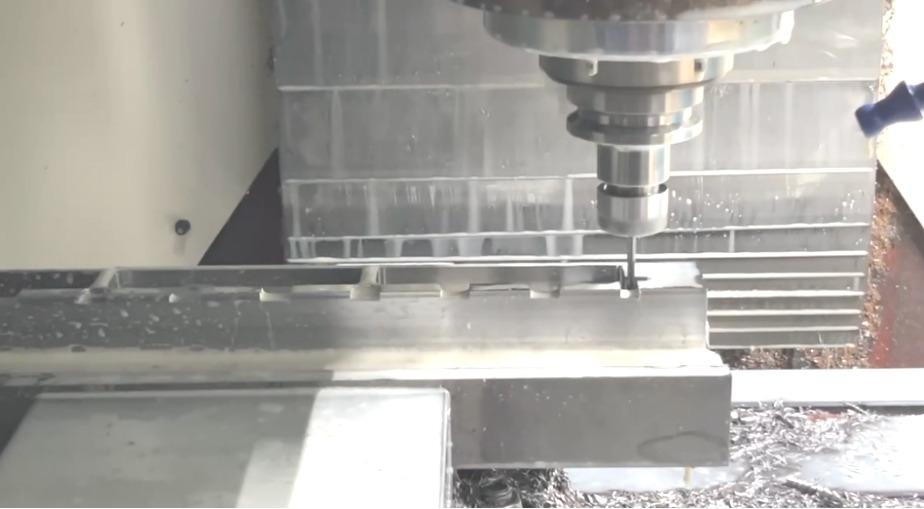
To sum up, the differences between tungsten steel milling cutters and tungsten carbide milling cutters are significant and play a crucial role in determining their suitability for various applications. The choice between tungsten steel and tungsten carbide milling cutters should be based on the specific requirements of the manufacturing process. Tungsten steel milling cutters are versatile and cost-effective for general machining tasks, while tungsten carbide milling cutters excel in specialized applications requiring high-speed cutting and durability.

